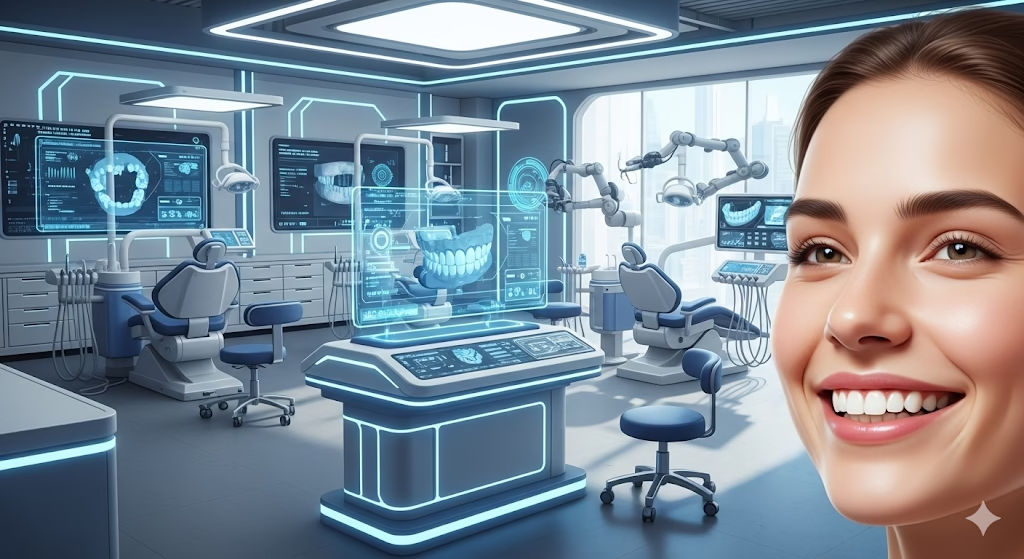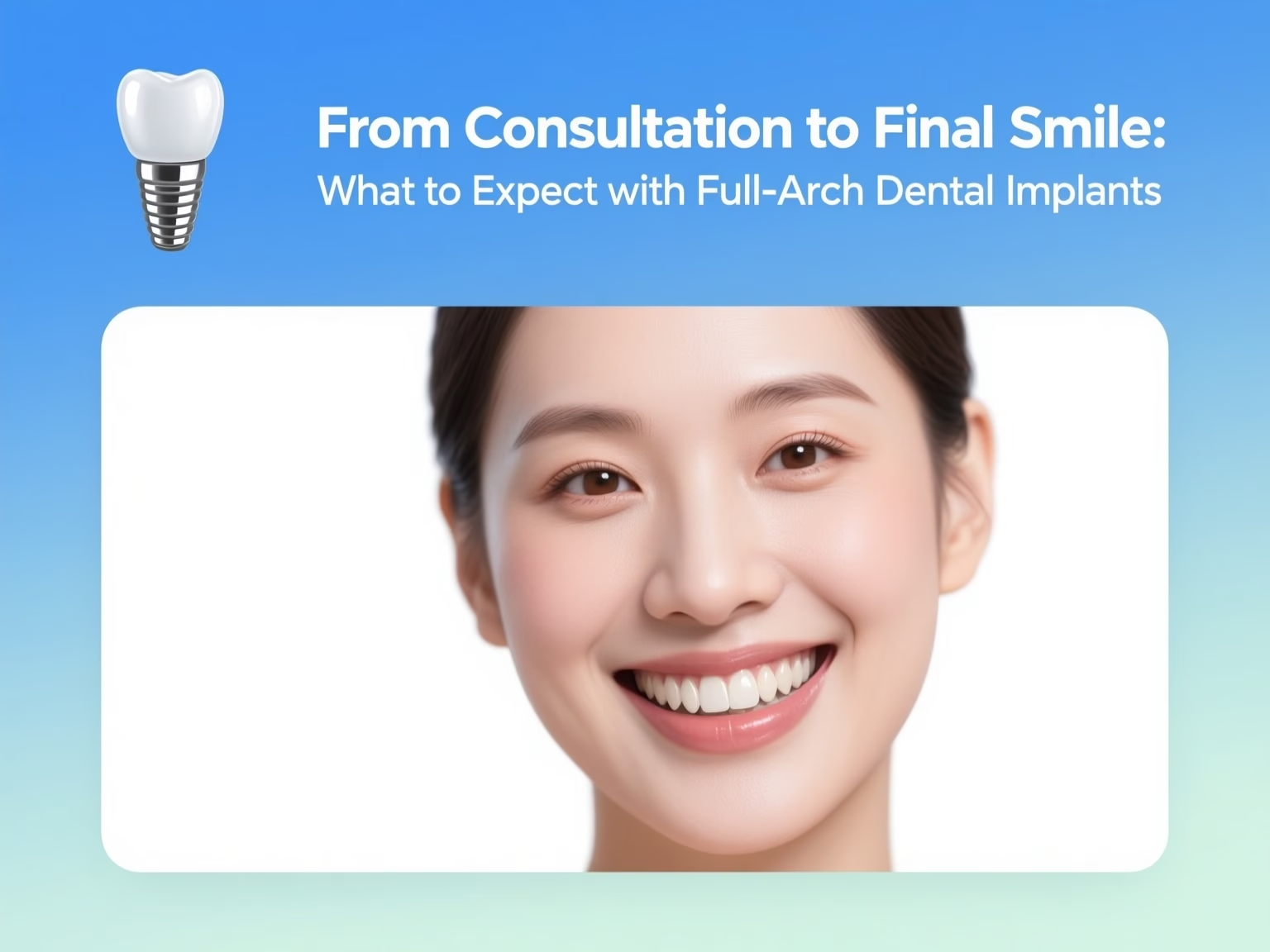Have you ever experienced the gooey mess of a traditional dental impression? Or had to wait weeks for a dental crown to be fabricated? The world of dentistry is undergoing a seismic shift, driven by the same technological innovations that have transformed nearly every other industry. This isn’t just a trend; it’s a new era of precision, comfort, and efficiency. Digital dentistry is moving from a futuristic concept to a practical, everyday reality for dental professionals and patients alike. For tech-savvy patients and forward-thinking small business owners in the dental field, understanding this evolution isn’t just interesting—it’s crucial. It promises a better patient experience and a smarter, more streamlined practice.
The Foundation of a Digital Practice: Beyond the X-Ray
Digital dentistry encompasses a suite of technologies that use computer-controlled components to enhance and automate dental procedures. While digital X-rays have been around for a while, the new wave of innovation goes much deeper. It’s about creating a seamless, interconnected workflow from diagnosis to treatment.
At the heart of this transformation is the intraoral scanner. This handheld wand replaces the old, messy impression trays. Within minutes, it captures a detailed, high-resolution 3D scan of a patient’s mouth. This not only eliminates patient discomfort but also provides an incredibly accurate digital model of their oral anatomy. This data is the lifeblood of a digital practice, instantly accessible for everything from treatment planning to fabrication.
Consider a simple example: a patient needing a new crown. In a traditional setting, a physical impression is taken, a temporary crown is placed, and the impression is shipped to a lab. This process can take weeks, requiring multiple appointments. With an intraoral scanner, the dentist captures the data, designs the crown on a computer using sophisticated software, and then mills the final restoration on-site in a matter of hours. This “same-day dentistry” is no longer science fiction.
The Power of Precision: How Technology Elevates Treatment
Accuracy and precision are paramount in dentistry, directly impacting the longevity and success of a restoration. Digital technologies dramatically reduce the potential for human error and provide a level of detail previously impossible.
- CAD/CAM Technology (Computer-Aided Design and Computer-Aided Manufacturing): This is the engine of digital dentistry. The 3D scan from the intraoral scanner is imported into CAD software, allowing the dentist to design a perfect-fitting crown, bridge, or veneer. The design is then sent to a CAM machine—a milling unit or 3D printer—that carves or prints the restoration with micro-level precision. This process ensures a perfect fit, fewer adjustments, and a restoration that feels and functions like a natural tooth.
- 3D Printing: This is no longer just for creating novelty items. 3D printing is a game-changer in dentistry, used to produce everything from surgical guides for precise implant placement to custom orthodontic aligners and even dentures. For example, a dentist can use a 3D scan and specialized software to plan the exact position of a dental implant, then print a surgical guide to ensure perfect placement, significantly reducing risks and recovery time for the patient.
- AI-Powered Diagnostics: Artificial intelligence is a rapidly growing area in dental technology. AI algorithms can analyze digital X-rays and scans to detect subtle signs of cavities, bone loss, or gum disease that might be missed by the human eye. This allows for earlier intervention, more effective treatment planning, and ultimately, better patient outcomes.
A New Standard of Patient Comfort and Engagement
The rise of digital dentistry is fundamentally changing the patient experience, making it more comfortable, transparent, and efficient.
- Goodbye, Gooey Impressions: One of the most significant benefits for patients is the elimination of traditional impressions. The quick, clean, and non-invasive process of intraoral scanning makes dental visits less stressful, particularly for those with a strong gag reflex.
- Same-Day Service: The ability to complete procedures like crown restorations in a single visit is a massive convenience for patients. It reduces time away from work or family and eliminates the need for temporary restorations, which can often be a source of discomfort.
- Patient Education and Visualization: With digital imaging and 3D models, dentists can show patients a clear, visual representation of their oral health. They can walk them through a treatment plan using a digital mock-up, allowing them to see the “before and after” of their new smile. This level of transparency fosters trust and helps patients feel more involved and confident in their treatment decisions. It’s a powerful tool for patient engagement, and it’s a core component of the services offered at a cutting-edge practice like Xcelsmile.
The Business Case for Digital Adoption
For small business owners in dentistry, the move to digital is more than a technological upgrade—it’s a strategic investment. While the initial cost of equipment can be significant, the return on investment comes from increased efficiency, enhanced patient satisfaction, and a more competitive practice.
According to a report by Fortune Business Insights, the global digital dentistry market was valued at USD 4.00 billion in 2023 and is projected to reach USD 9.22 billion by 2032, with a compound annual growth rate (CAGR) of 9.1%. This rapid growth signals a clear market shift and a growing demand for digital services from patients.
By adopting digital workflows, practices can:
- Reduce chair time: Faster, more efficient procedures mean dentists can see more patients in a day.
- Lower lab costs: In-house milling and 3D printing reduce or eliminate the need to send out work to external labs.
- Improve treatment outcomes: The precision of digital tools leads to fewer adjustments and re-dos, saving time and money.
- Attract new patients: As patients become more aware of these technologies, they will actively seek out practices that offer a modern, comfortable experience.
Ready to see how these innovations can benefit you? Whether you are a patient looking for a better dental experience or a dental professional seeking to modernize your practice, the future of dentistry is at your fingertips. Click here to learn more about our services or register for a free trial to explore our innovative solutions.
Conclusion
Digital dentistry is not just about new gadgets; it’s a paradigm shift that is fundamentally improving the dental industry. From the patient’s perspective, it means more comfort, speed, and transparency. For dental professionals, it offers unprecedented precision, streamlined workflows, and a competitive edge. As technology continues to evolve, the possibilities for enhancing smiles and improving oral health are limitless. The future of dentistry is here, and it’s brighter than ever.
FAQ Section
Q1: Is digital dentistry more expensive for patients?
A: While the initial investment for a dental practice is high, the long-term benefits of digital dentistry often translate into more efficient, cost-effective procedures. For many same-day treatments like crowns, it can reduce the number of appointments and associated costs. Patients often find the added comfort and convenience to be well worth it.
Q2: How does an intraoral scanner work? Is it safe?
A: An intraoral scanner is a small, handheld device that uses a light source to capture thousands of images of your teeth and gums. These images are stitched together in real-time by a computer to create a highly accurate 3D model. The process is completely safe, quick, and non-invasive, with no radiation exposure. It is a significant upgrade from the traditional, messy impression materials.
Q3: Can digital dentistry create a “perfect smile”?
A: Digital dentistry provides a powerful set of tools, particularly with Digital Smile Design software, that allows patients to preview their potential new smile before any work begins. While no technology can guarantee “perfection,” it does allow for a highly customized and predictable outcome, ensuring that the final result is as close to the patient’s desired aesthetic as possible.
Saksham Kaushik is a talented writer and knowledge seeker who enjoys studying and sharing knowledge on everyday happenings, trends, and interesting facts. With keen observation skills and a curiosity-based approach, He analyzes heavy subjects into simple-to-read articles, keeping readers updated and interested. From international updates to technology breakthroughs, lifestyle suggestions, and food for thought, Saksham Kaushik provides new insights and useful information every day.



